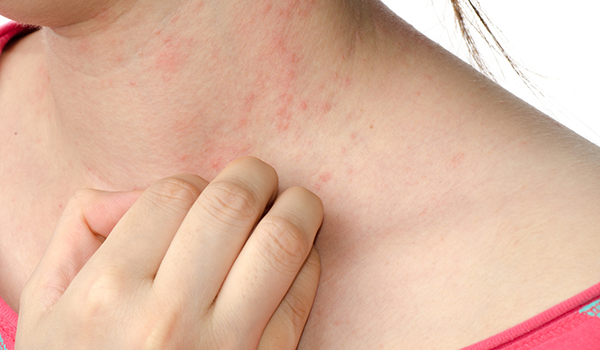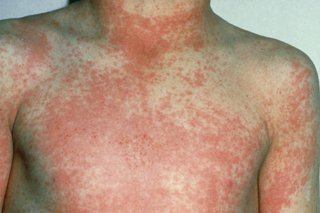


Derealization (feeling like reality is confusing or no longer exists) or depersonalization (feeling detached from your thoughts, feelings, and body).Experiencing chills or, alternately, stifling heat.Feeling dizzy, unsteady, light-headed, or faint.Heart palpitations or a rapid heart rate.Instead, panic attacks involve an acute rush of fear and at least four of the below symptoms: Someone who’s having something like a heart attack might feel panicked, so experiencing intense fear along with your chest pain isn’t enough to say you’re having a panic attack. It comes with other symptoms of panic attacks.

Of course, some level of discomfort can be totally normal in this situation-it’s about disproportionate pain, tightness, or burning that you know aren’t usual for you personally at this level of exertion.Ģ. You might also feel discomfort in your neck, jaw, throat, abdomen, or back, or feel nauseous or short of breath.Īs an example of what this might look like, you might go out for a run and start to feel uncomfortable when you really push yourself, but then realize the discomfort subsides when you slow down, Dr. (Coronary heart disease is the most common form of the condition.) The discomfort associated with angina is often described as pressure, tightness, or a burning sensation.

These are the classic features of angina, a symptom of an underlying heart problem such as coronary heart disease that can crop up when your heart isn’t getting enough oxygen-rich blood, according to the NHLBI. Your chest pain happens when you’re exerting yourself physically, is reproducible, and is quickly relieved by rest. Thyroid disease: A checklist of skin, hair and nail changes.Allergic contact dermatitis: Overview.
#Upper chest discomfort and rash how to#


 0 kommentar(er)
0 kommentar(er)
